Growing Coffee in the Wild: A Guide to Producing High Quality Beans
Coffee is a tropical plant that grows best in warm, moist climates. In the wild, coffee grows in the shade of larger trees, protected from direct sunlight and strong winds. This natural habitat provides the ideal conditions for coffee to thrive, and allows the plant to produce high-quality beans.
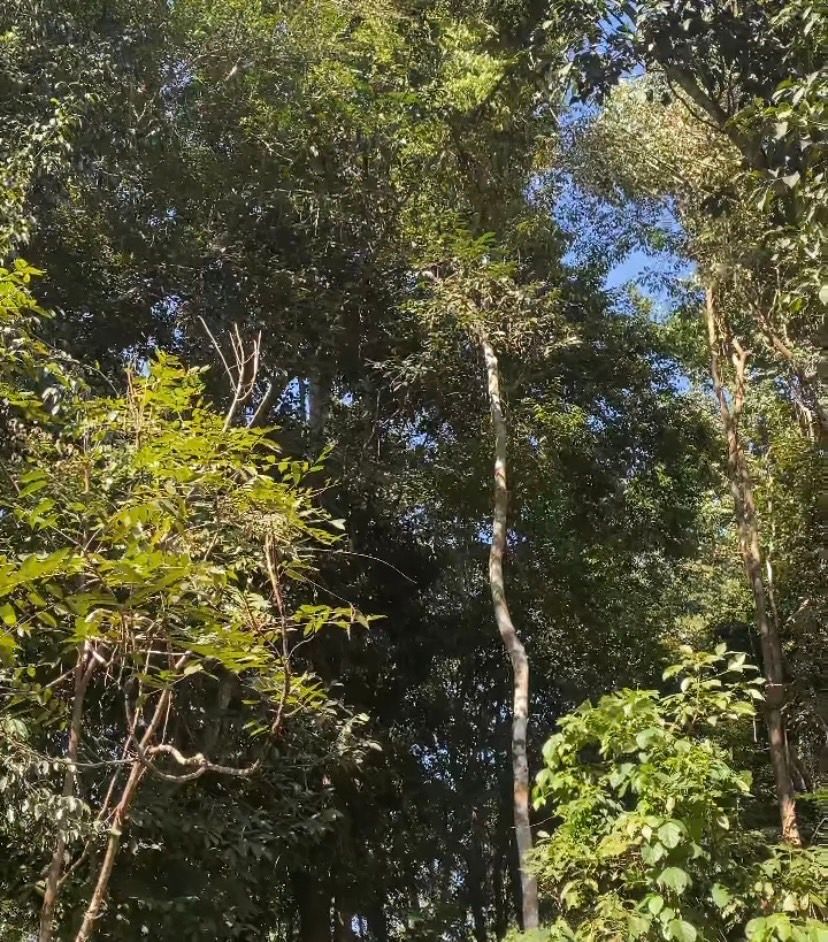
The first step in growing coffee in the wild is to find a suitable location. Coffee prefers well-drained soil that is rich in organic matter, and it needs to be located in an area that receives plenty of sunlight. In the wild, coffee is often found growing near the edges of forests, where it receives partial shade from the trees above.
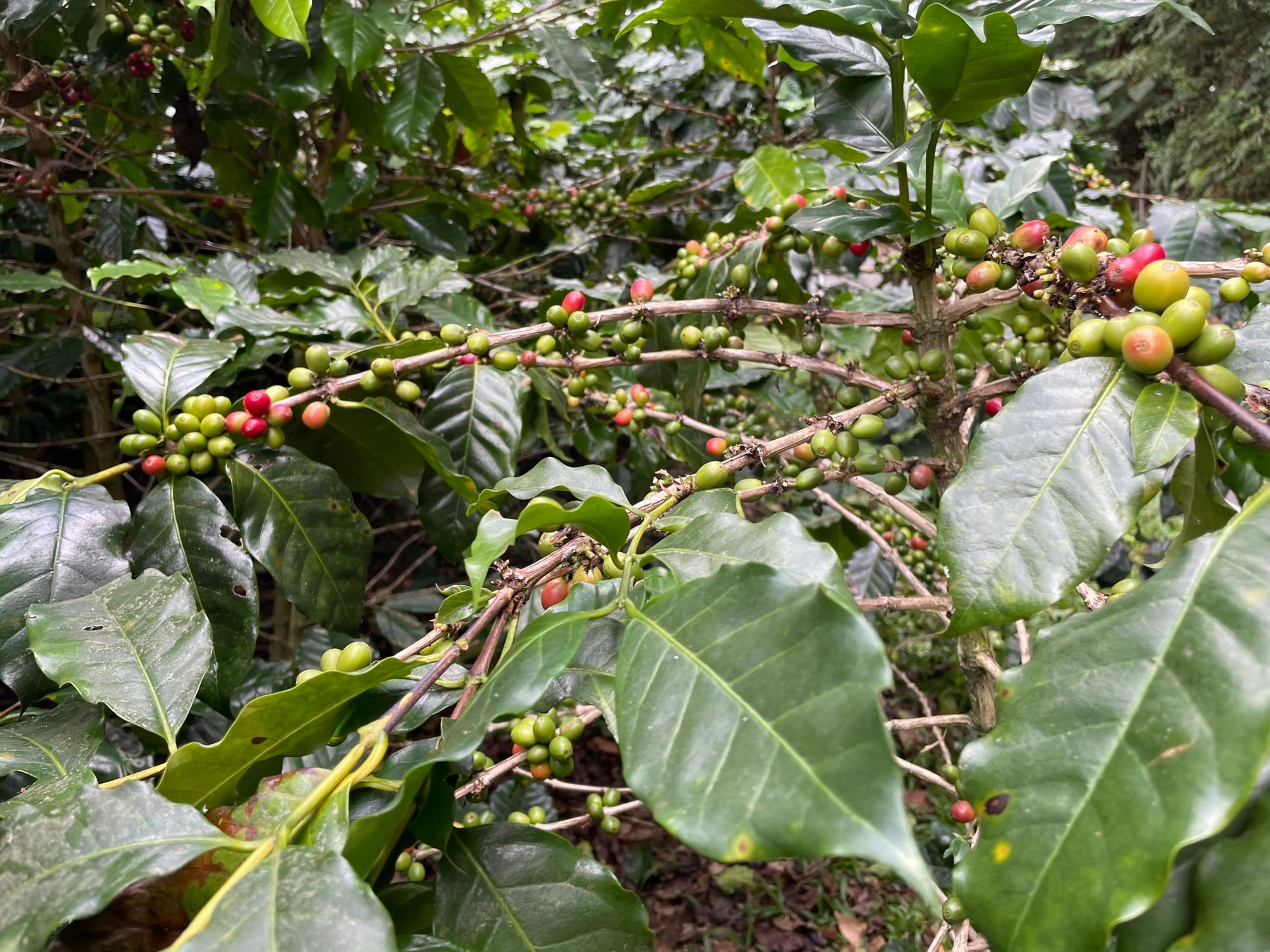
Once a location has been identified, the next step is to prepare the soil. Coffee plants need well-drained soil that is rich in organic matter, so it may be necessary to add compost or other organic material to the soil to improve its structure and fertility. It is also important to remove any weeds or other plants that could compete with the coffee for nutrients and water.
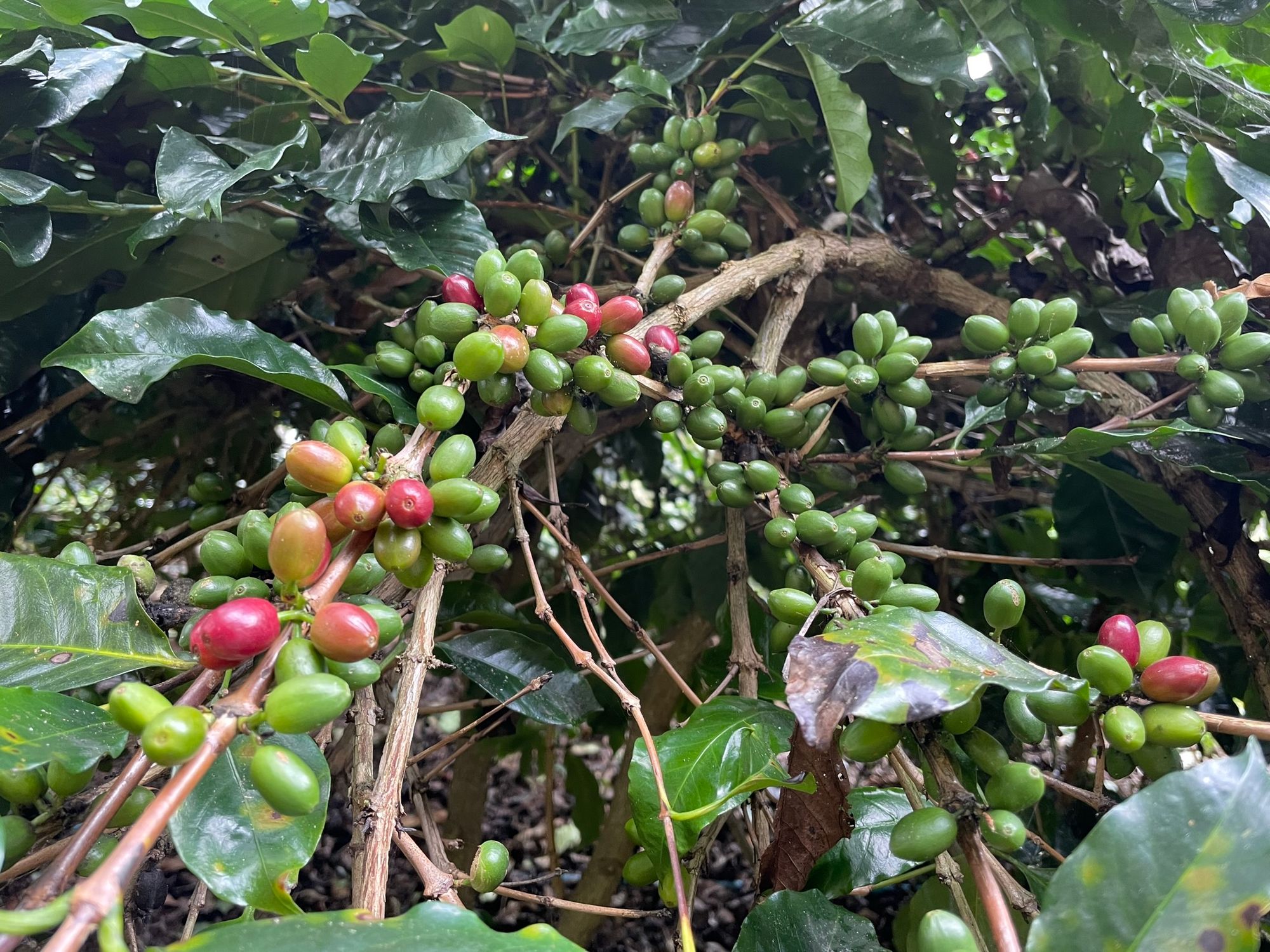
After the soil has been prepared, the coffee plants can be planted. Coffee plants are typically grown from seeds, which are planted in small pots or containers and then transplanted to the ground once they have sprouted. It can take several years for a coffee plant to reach maturity and start producing fruit, so patience is required when growing coffee in the wild.
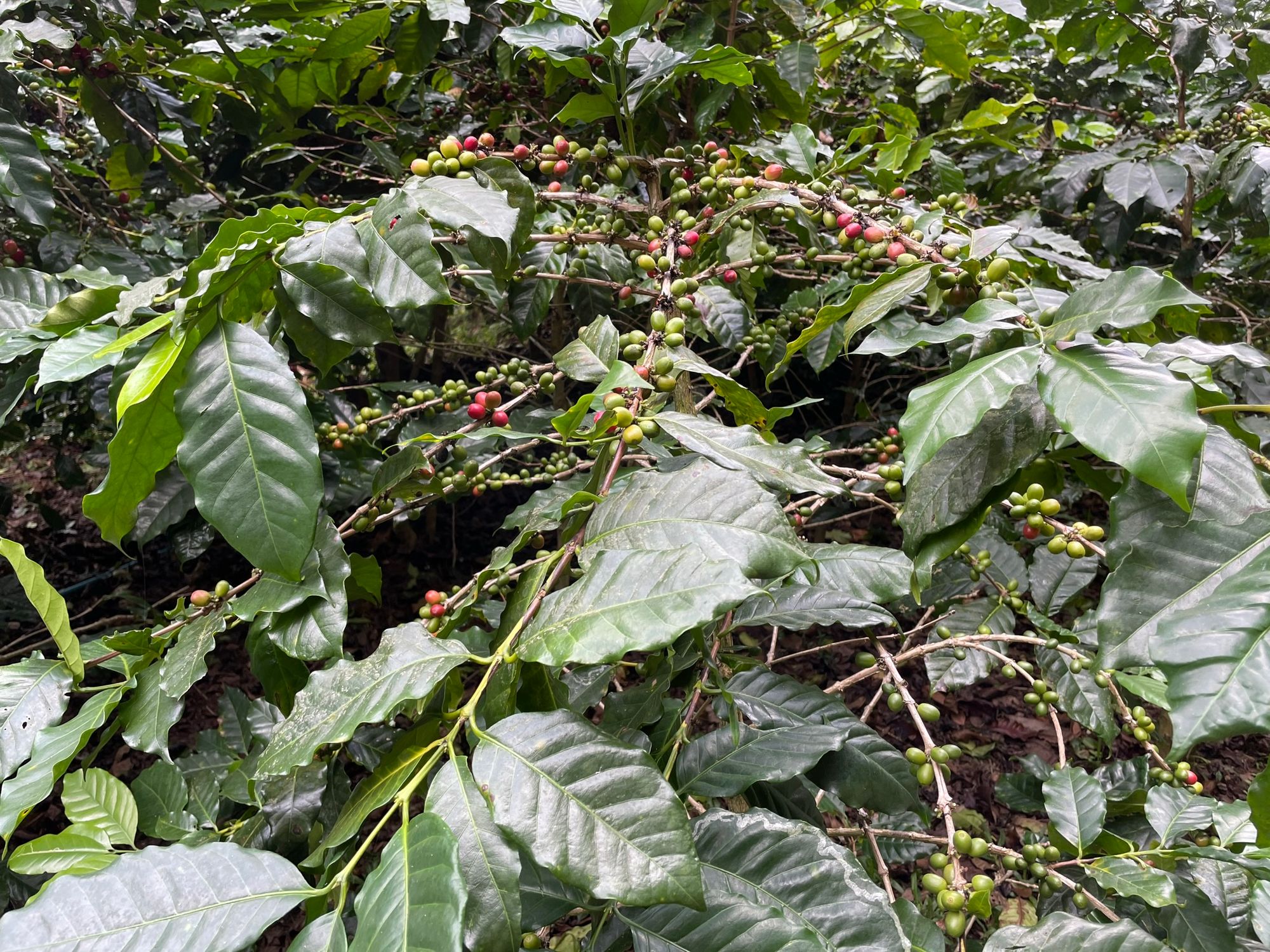
Once the coffee plants have reached maturity, they will begin to produce small white flowers, which are pollinated by bees and other insects. After pollination, the flowers will give way to small green berries, which will gradually ripen and turn red. When the berries are ripe, they can be harvested by hand, or with the use of specialized machines. After the coffee berries have been harvested, the next step is to process the beans. There are several different methods for processing coffee, but the most common method is the wet process, which involves removing the outer layers of skin and fruit from the beans using water. The beans are then fermented, washed, and dried before they are roasted and packaged for sale.
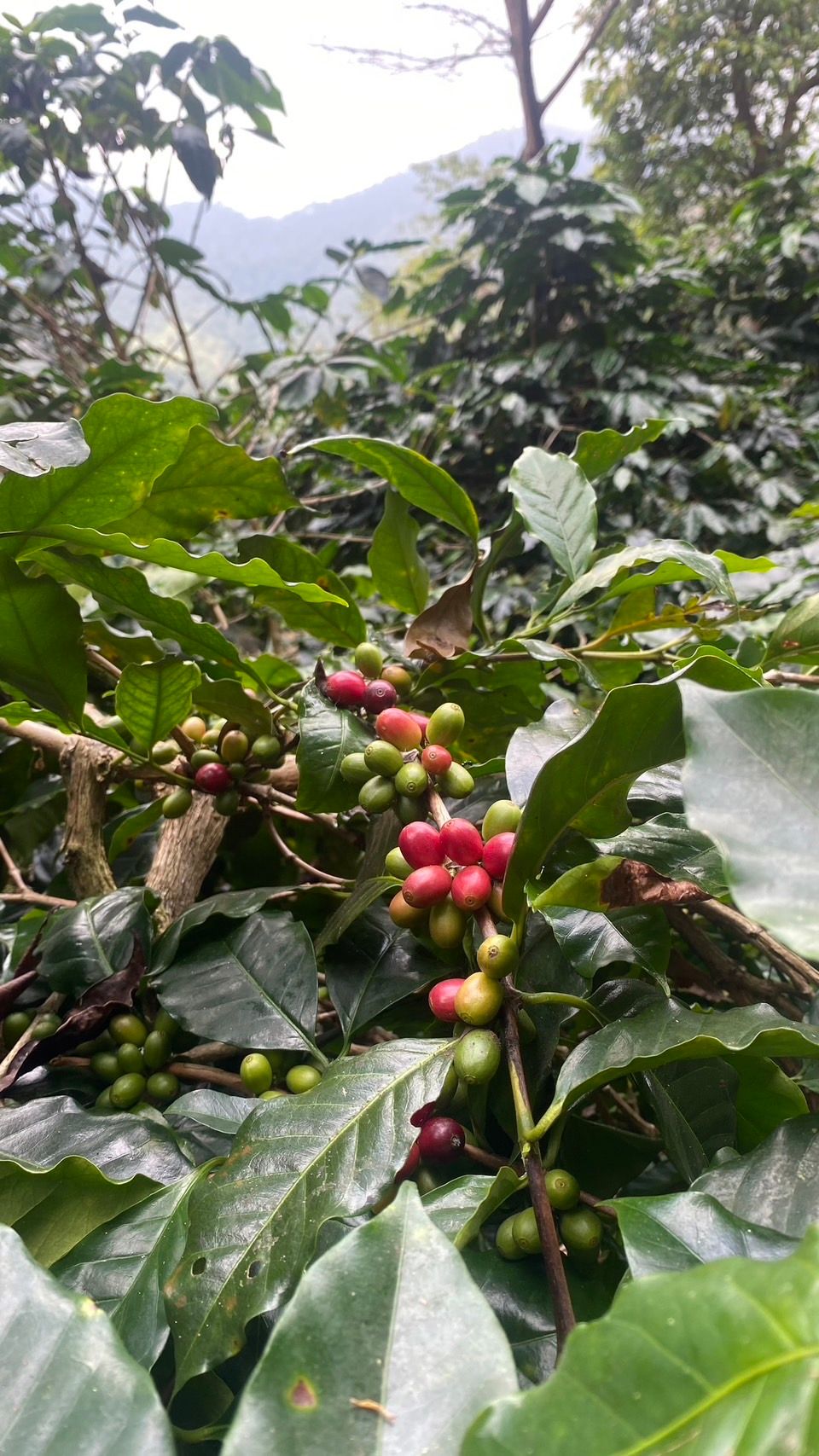
Growing coffee in the wild can be a rewarding and challenging experience. It requires patience, dedication, and a deep understanding of the plant's needs and requirements. But with the right approach, it is possible to produce high-quality coffee that is rich in flavor and aroma.